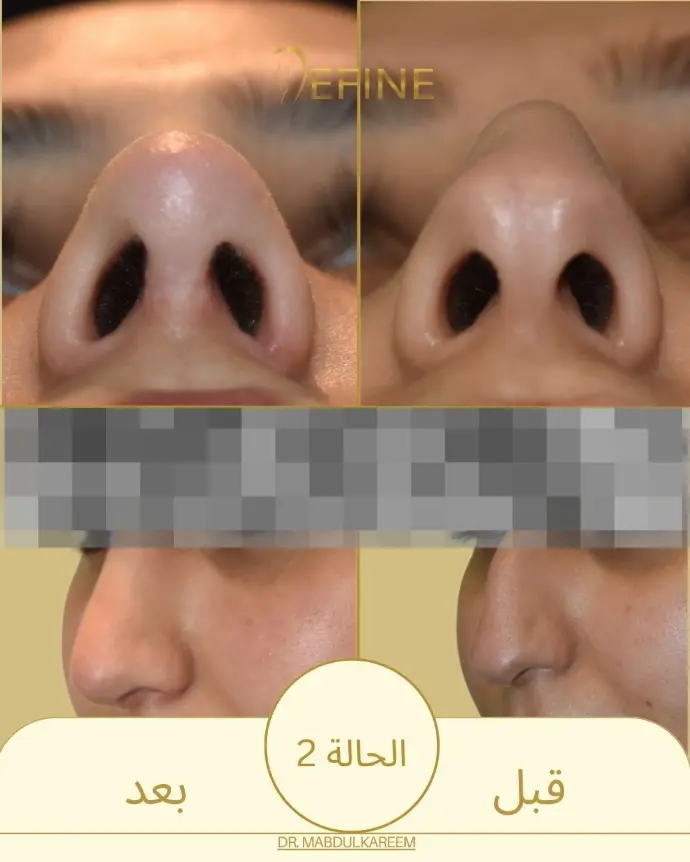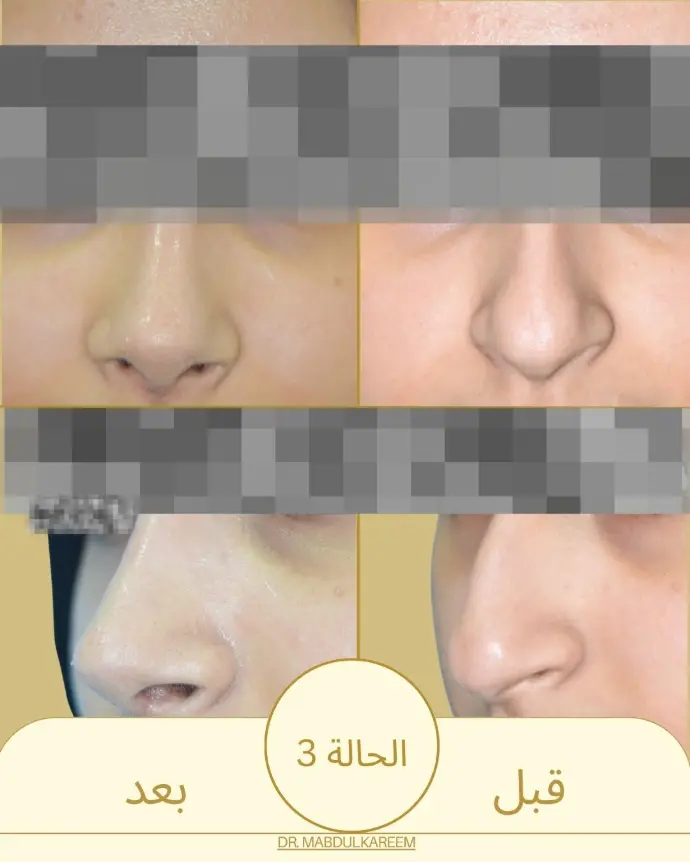Rhinoplasty, commonly known as a nose job, is a surgical procedure designed to reshape or resize the nose for cosmetic or functional purposes. It is one of the most commonly performed facial plastic surgeries, used to enhance the appearance of the nose or improve breathing function. Rhinoplasty can address a variety of concerns, such as a crooked nose, nasal hump, enlarged nostrils, or breathing difficulties due to structural issues. The procedure can be customized to the patient's desired results, whether for aesthetic improvements or medical reasons, such as correcting a deviated septum.
Frequently Asked Questions about Rhinoplasty:
Ideal candidates for rhinoplasty are individuals in good overall health who are dissatisfied with the appearance of their nose or have breathing difficulties due to structural issues. Candidates should also have realistic expectations about the outcome and be prepared for the recovery process.
Rhinoplasty is generally performed under general
anesthesia, so you will be asleep during the surgery and won’t feel any
pain. After the procedure, patients may experience some discomfort,
swelling, and bruising, but these symptoms can be managed with medication
and typically subside within a week or two.
The initial recovery period for rhinoplasty typically takes about 1-2 weeks, during which time swelling and bruising around the nose and eyes are common. You may need to wear a splint or bandage-tape on your nose during this time. Full recovery, including the settling of the final shape of the nose, will take a year, as swelling can take time to completely subside.
Yes, the results of rhinoplasty are permanent.
However, the nose may undergo minor changes over time due to natural
aging or changes in skin elasticity. The shape of the nose should remain
stable after full recovery, providing a lasting enhancement.
If the procedure is performed using the closed method, there will be no visible external scars, as all incisions are made inside the nostrils. For open rhinoplasty, a small scar is made across the columella, but it is typically well-hidden and fades over time.















